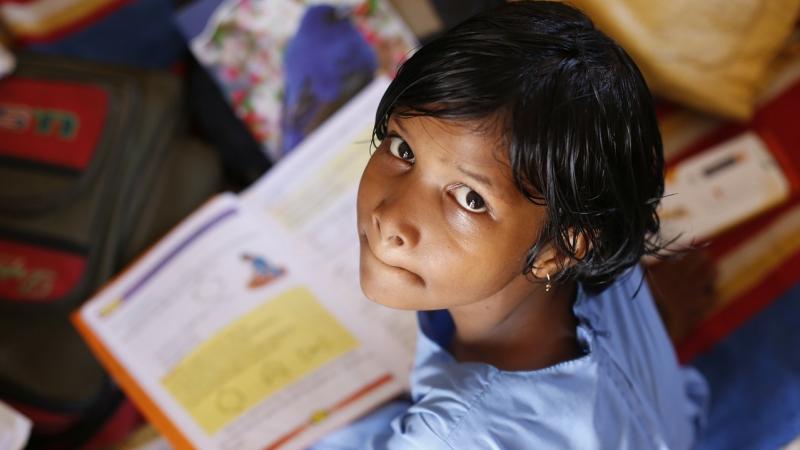
Learning in schools depends heavily on visual inputs. Without the writing on a blackboard, or more recently presentation slides, listening to a teacher talk for the better part of an hour can be a huge demand on a child’s attention span. If the environment of the classroom, like the amount of light, is not sufficient, students are likely to strain their eyes. In a recent study, researchers from Sankara Nethralaya, Chennai, Shanmugha Arts, Science, Technology & Research Academy (SASTRA) University, Thanjavur and Elite School of Optometry, Chennai have studied how the environmental factors of a classroom affect a student’s clarity of vision.
Children spend one-third of their day in school performing tasks like reading and writing which are heavily sight dependent. Environmental factors like light, sound, temperature, and age of school building have been known to affect the performance of students. Stressful environmental conditions, like less light in classrooms, can hamper a students ability to learn. Hence it is important to identify optimal conditions to aid classroom performance.
In an attempt to identify these optimal conditions, the researchers looked at eight schools in their study. They studied 29 classrooms; randomly selecting one class of each grade in each school. They observed the contrast of the chalk and board, the angle made between letters in lowercase on the board and how the students viewed them. They also calculated the minimum distance for visual acuity or clarity based on the smallest letter size and longest viewing distance in a classroom. The researchers conducted experiments where students were allowed to read letters written on a blackboard at a certain light intensity and made to move closer to the board until the letters became clear. They gathered additional information through a questionnaire answered by the students on their perception of the classroom environment.
The study shows that 62% of the observed classrooms had poor lighting and calls for better classroom design to allow more light. Looking at the position of seating in a classroom, the study showed that the proportion of children under visual stress increased from 23% on the first desk to 56% on the middle desk and finally 73% at the last desks implying that the students on the desks at the back of the room had more strain on their eyes.
The researchers underline the need to ensure better seating arrangements in classrooms. In a case where seating arrangements cannot be improved the study shows that other factors like the contrast of the chalk colour on the board colour and size of letters could reduce the visual stress on students. They suggest auditing of the classroom environment and eye check-up of the students on a regular basis.






